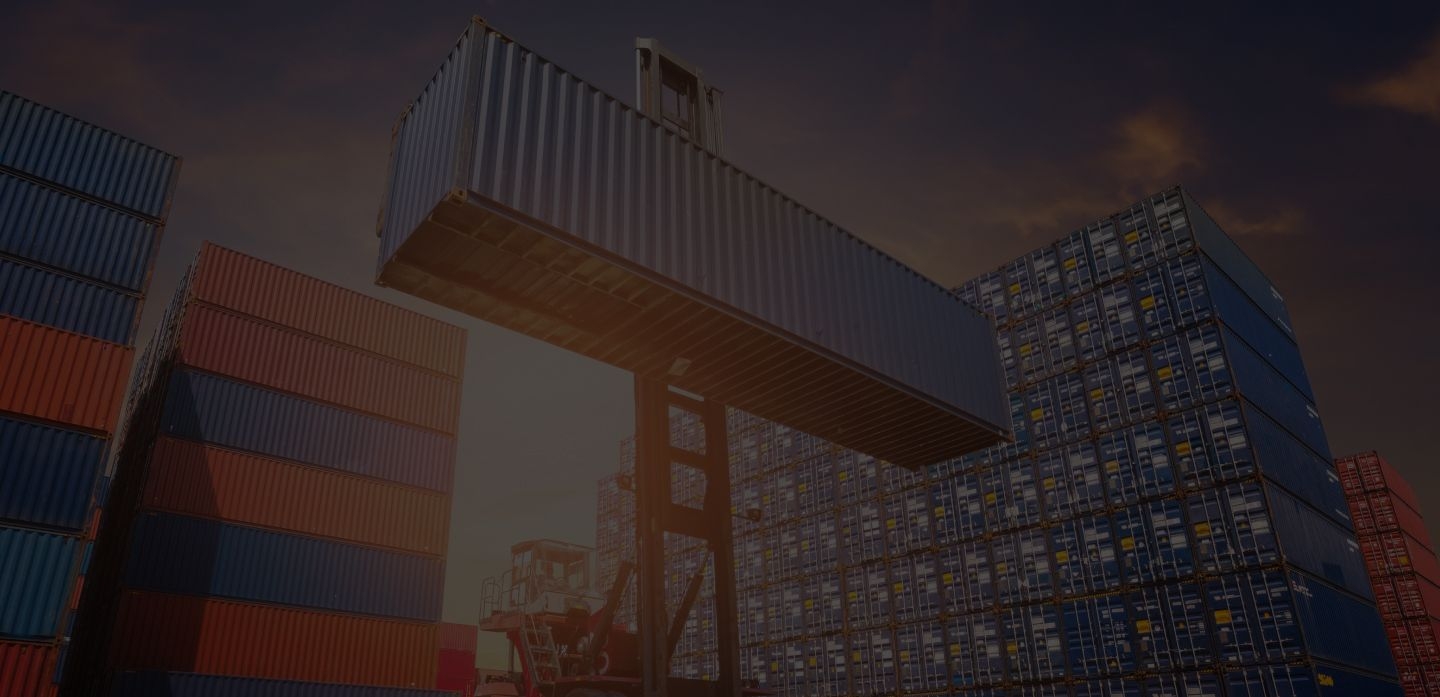
Container Shipping to Miami — Get Instant Quotes



Why Choose iContainers for Shipping to Miami?
- South-Florida powerhouse. PortMiami handled ≈ 1.1 million TEU in fiscal-year 2024, serving 149 trading nations—half of all moves link directly to Latin America and the Caribbean. (miamidade.gov)
- Express inland access. On-dock Florida East Coast Railway double-stack service moves boxes straight onto the U.S. Class-I rail network via the 9 000 ft FECR yard, slashing truck congestion on I-95. (miamidade.gov
- Perishables & pharma hub. Dedicated cold-chain and USDA inspection lanes make Miami the fastest U.S. entry for tropical fruit, cut flowers, and temperature-sensitive pharmaceuticals. (Axios)
- Hurricane-season know-how. iContainers’ local ops team monitors June–November storm advisories and reroutes or stages cargo when Florida ports announce closures, protecting your supply chain from extreme-weather disruptions. (ismworld.org)
Our Container Shipping Services to Miami
Full-Container-Load (FCL)
High-volume shippers of furniture, apparel, machinery, and iron/steel products favor sealed 20 ft or 40 ft containers for security and predictable landed costs. Typical port-to-port transits: Shanghai → Miami ≈ 32–38 days; Rotterdam → Miami ≈ 30–43 days.
Less-than-Container-Load (LCL)
SMEs moving luxury retail items, specialty foods, or hospitality supplies leverage consolidation hubs such as Cartagena, Panama, and Antwerp, delivering door-to-door in 15–28 days throughout the Southeast U.S. and Caribbean.
Alternative: Air Freight to Miami
When speed trumps cost, book air freight into Miami International Airport (MIA)—ranked #1 in the U.S. for international freight and #5 worldwide in 2024. Ideal for high-value electronics, urgent spare parts, or perishables requiring 2- to 5-day delivery. (miami-airport.com)
Container shipping rates to Miami
How much does it cost to ship a container to Miami?
How Long Does It Take to Ship a Container to Miami?
| Mode | Typical Transit Window* |
|---|---|
| FCL – Asia → Miami | 30 – 40 days |
| FCL – Europe → Miami | 20 – 35 days |
| LCL – Regional hubs | 15 – 30 days |
| Air Freight – Global | 1 – 7 days |
*Includes sailing time plus average terminal handling and customs.
Popular Routes and Gateways
| Origin Ports | U.S. Arrival | Notes |
|---|---|---|
| Shanghai • Ningbo • Yantian | PortMiami (US MIA) | All-water via Panama; weekly express Asia–US East loops. |
| Cartagena • Colón | PortMiami | Feeder services for LatAm & Caribbean re-export. |
| Rotterdam • Antwerp • Hamburg | PortMiami | Fast North-Atlantic crossings, 30–43 days. |
| — | MIA (air) | Largest U.S. gateway for flowers & perishables; 91 % of all U.S. cut-flower imports. |
Five Easy Steps to Book with iContainers
- Get an instant quote for FCL, LCL, or air.
- Select your service level — port-to-port, door pickup, insurance.
- Upload documents (commercial invoice, packing list, certificates if applicable).
- Track & manage your shipment 24/7 in the dashboard.
- Clear & receive in Miami with drayage or rail to any U.S. ZIP code—or re-export duty-free via FTZ 281.
What Can You Ship in a Container to Miami?
Common Commodities (top PortMiami TEU categories 2024)
- Fruit & vegetables (113 k TEU)
- **Apparel & textiles (96 k TEU) **
- Machinery & equipment (84 k TEU)
- Furniture, iron/steel, plastics & rubber products
Restricted or Special-Permit Goods
- Agricultural products without USDA/APHIS clearance
- Alcohol and tobacco (TTB permits)
- Lithium batteries and other hazmat (IMDG paperwork)
- Wildlife or CITES-listed items
- Counterfeit or trademark-infringing goods
FAQs About Shipping Containers to Miami
Yes. Dedicated temperature-controlled warehouses, expedited USDA inspections, and on-dock reefers support fast clearance for perishables.
Absolutely. Use Foreign-Trade Zone 281 or bond-in-transit options for fast trans-shipment without paying U.S. import duty.
Not legally, but iContainers strongly recommends it—especially during Florida’s hurricane season when port closures and heavy seas heighten risk.